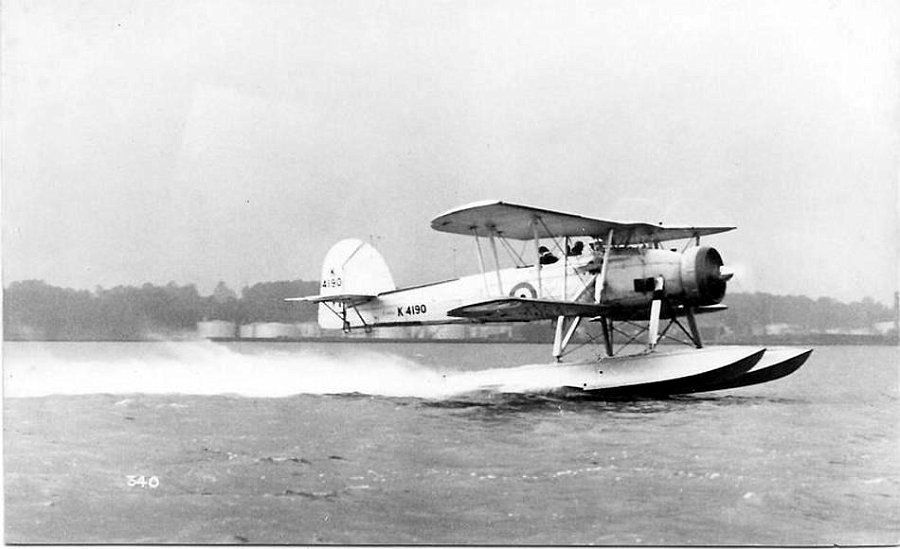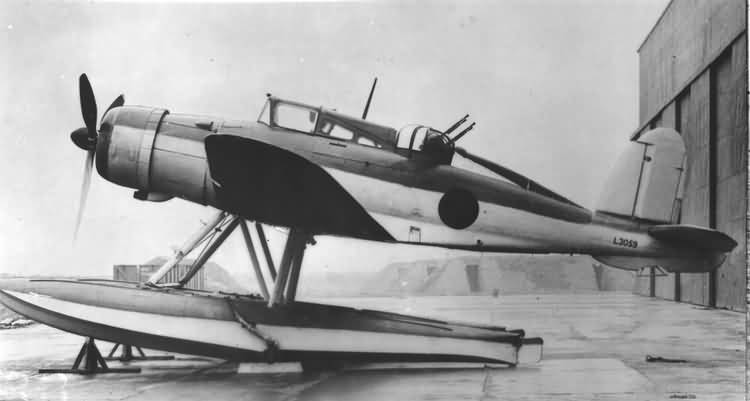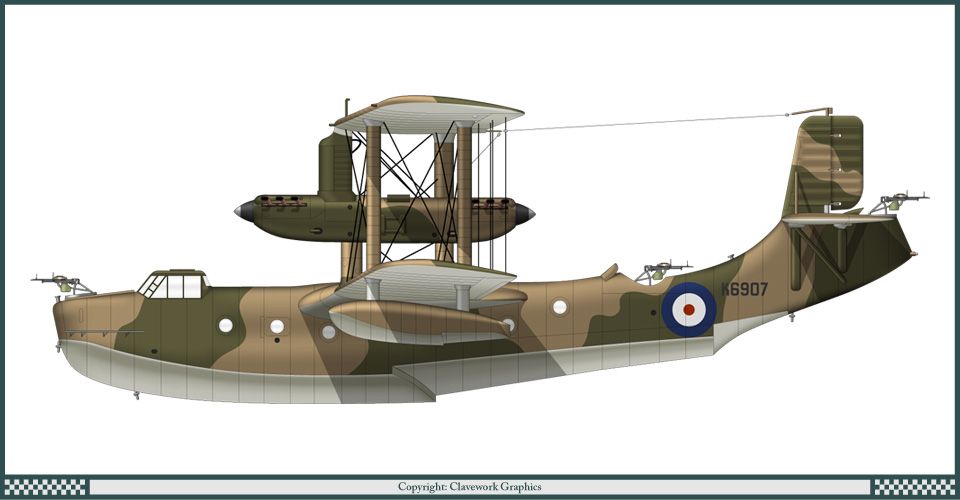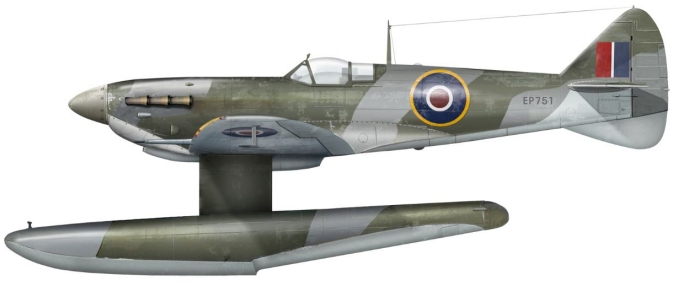HMS Dreadnought (BB-1906)
Return to main page:
HMS Dreadnought as a superimposed Battleship.
HMS Dreadnought put its name to a generation of Battleships. It managed
that by also being the fastest built battleship.
Laid down: 02/Oct/1905, Launched: 10/Oct/1906, Commissioned: 02/Dec/1906.
No other nation could match the speed of building ships the way the British
Empire could. It is not till 1942-43 when the US speed the production of the
Iowa class that any other nation comes close.
While it was built fast, it was an awkward design with the broadside mounted 12"
that did not get remedied till the 13.5" super-Dreadnoughts, some years in the
future. Five turrets fitted, but only four can fire to either broadside. A
complete waste of 20% of your firepower. I do not want to end up with a 'South
Carolina' clone, but want to see an inline design or two using all five turrets,
so that the design is not only revolutionary but with better firepower than its
competitors also. So lets clear the decks and then refill them differently.
.png)
Three turrets aft will be the main layout. The
first thing to do of course, is not to use the Dreadnought as the base drawing
at all. One of the clones (St Vincent) will provide the base drawing as it at
least has fixed some of the basic errors out of the original Dreadnought design.
Such as smoke in the foretop from the fore funnel.

Utilising this design, the clone classes that produce the first seven
dreadnoughts for the Royal Navy would extend the same design for the Colossus /
Neptune types. The extra forty feet put into the latter three ships would be to
uncramp the internal divisions of the first seven. More space for the divisions
between turrets, boilers, engine rooms, and superstructure.
It will certainly make the ADV / Training Ship conversions more interesting as
the ship will have the two twin turrets forward rather than the single in the
real life ships.
.PNG)
The first iteration of the Dreadnought as a trials and training ship featured
the removal of X Y Z turrets and the replacement of Y turret with the brand new
designed and built triple 8" turret destined for the oncoming generations of
British heavy cruisers then being discussed at the Washington Treaty. A set of
school rooms was built between the after funnel and Y turret. The accommodation
for the cadets being built into the area that the X 12" turret barbette had been
removed from and the plated over area from the casemate 4". The 8" turret and
its associated director were removed in 1925 and replaced with a catapult and
crane for trials for a catapult to fit to the smaller light cruisers where a
cross deck catapult would not be of sufficient length to get the seaplanes into
the air.
1930 and the fate of all of the earlier dreadnoughts and battlecruisers is being
discussed. The London Naval Treaty is around and trying to extend the
"Battleship Holiday" for at least another five years. The Japanese fail to sign
the original treaty and every man and his dog start to lay down new ships at the
old 35,000 ton limit. It would be another five years before that limit expires
to go to the 45,000 ton limit. It looked like the Japanese, who had been allies
previously, would now be enemies in any next conflict. A resurgent Germany was
starting to cause concerns at the Admiralty as well. The sea lanes around the
world carried the lifeblood of food and materials to the British Isles and
needed protection from the enemies the Admiralty could see on the horizon.
Along the sea lanes would be the trade protection cruisers and also the large
flying boats. 1930 introduced the Short Singapore that would still be in service
ten years later. These flying boats could also operate from the various islands
under British Commonwealth control in all the various oceans, based on the
islands scattered over those oceans. Only the biggest islands had harbours that
could service and operate the big flying boats and had their own protection.
There were a lot of smaller islands that the Admiralty would like to base the
big flying boats from but would not be able to due to lack of servicing options.
To this end the Admiralty came up with the Area Defence Vessel scheme. The old
battleships would have a hangar fitted at the rear of the ship which could
contain their own air wing (6-8 aircraft) with which they would be able to use
to maintain the base security and have the 12" guns as backup if a merchant
raider or nosy enemy cruiser came along. A squadron of the big flying boats
would be able to operate from the 'mother' ship which would be able to service
the 'boats'. During peace time the hangar could be split and used for both as an
aircraft hangar and either house a company of marines on peacekeeping duties or
cadets / trainees in a training ship role.
On the outbreak of war, the ADV's would be outfitted with 2-3 Blackburn Roc
fighters, 3-4 Fairey Swordfish and then dispersed around the world to their
bases. Replacement aircraft could be delivered as required. Once at their base
and set up, a squadron of flying boats could then be sent to operate from the
ship.
.PNG)
Not a lot of money was to be spent on these conversions. More would be taken
out, than put in. Forward boiler room, funnel and tripod removed. Plain builders
steel would be used for the hangar which would have a reinforced roof to carry
the lighters and ship boats that would transport everything to and fro around
the harbour the ship was based in. The only reason for the ship to move would be
reassignment. Mainly because the island the ship was based on would have a full
land based airfield built, from which the big coastal command aircraft could
operate.
1940 and air and sea search radar are fitted, with various upgrades appearing at
irregular intervals. Generally the radar put aboard had been removed from a more
modern ship that had received the latest upgrades. That is what being the bottom
of the food chain is about. The topmast spotting area was glassed in and then
became the control centre for flight operations, as well as its spotting duties.
These ADV's acted as port 'flagship' for whatever rank was deemed necessary to
command the port. Like the convoys having 'Commodores' which were recalled
retired RN Captains, these ships often had 'Commodores' in command that had
spent part of their service before retirement as 'Port Captains' so they would
have the knowledge to run the port, created around the ship, successfully.
|
HMS Dreadnought as a Superimposed Battleship - Training Ship -
Area Defence Vessel 1906-45. |
| Displacement |
18,500 tons standard, 21,250 tons full load |
| Length |
527 ft |
| Breadth |
82 ft |
| Draught |
28 ft |
| Machinery |
4 shaft steam turbines, 23,000shp |
4 shaft, steam turbines, 16,000shp |
| Speed |
21 knots |
15 knots |
| Range |
7000 miles at 10 knots |
3500 miles at 10 knots |
| Armour |
11" side, 2" deck, 10"/7"/4"
turrets |
| Armament |
10 x 12" (5x2)
14 x 4" (14x1)
5 x 2pd (5x1)
|
As Training Ship
4 x 12" (2x2)
2 x 4" (2x1)
2 x 3" AA (2x1)
4 x 2pd (4x1)
|
As Area Defence Vessel (1933-45)
4 x 12" (1x2)
4 x 4" AA (4x1)
8 x 2pd AA (8x1)
|
| Aircraft |
Nil |
Nil (as required for task) |
from 3 to 9 depending on size and role |
| Torpedoes |
5 x 18" (5x1 submerged) |
Nil |
Nil |
| Complement |
870 (920 as Flagship) |
440 + 200 cadets |
450 + Cadets and/or Marines |
| Notes |
Discarded and scrapped 1945. |
Swordfish and Roc seaplanes were the first war loads for the ADV's.


The Dreadnoughts first flying boat squadron were the Short Singapore.


The Blackburn Roc's were eventually replaced by Spitfire floatplanes.

Return to main page:
.png)




